If there is a single camera out there that most people will associate with professional film photographers, it is the Hasselblad V-System. Designed and built in Sweeden, the Hasselblad is the luxury camera of the medium format market. While the 500c is the original model to use a leaf shutter, it is a good entry point into the Hasselblad system if you can find one at the right price. Thankfully I was able to find a complete setup (lens, finder, back) for a reasonable price, but soon found that there is a certain cost to owning a Hasselblad system. And the fact you can’t just get them repaired by just anyone and the only thing you can do on your own is replacing the light trap in a film back. But other than that, the Hasselblad V-System is an amazing camera setup that will deliver quality to anyone willing to take on the challenge or else you’re not going to be pleased.

Camera Specifications
Make: Hasselblad
Model: 500c
Type: Single Lens Reflex
Format: Medium (120/220, 6×6)
Lens: Interchangable, Hasselblad V-Mount
Year of Manufacture: 1957-1970
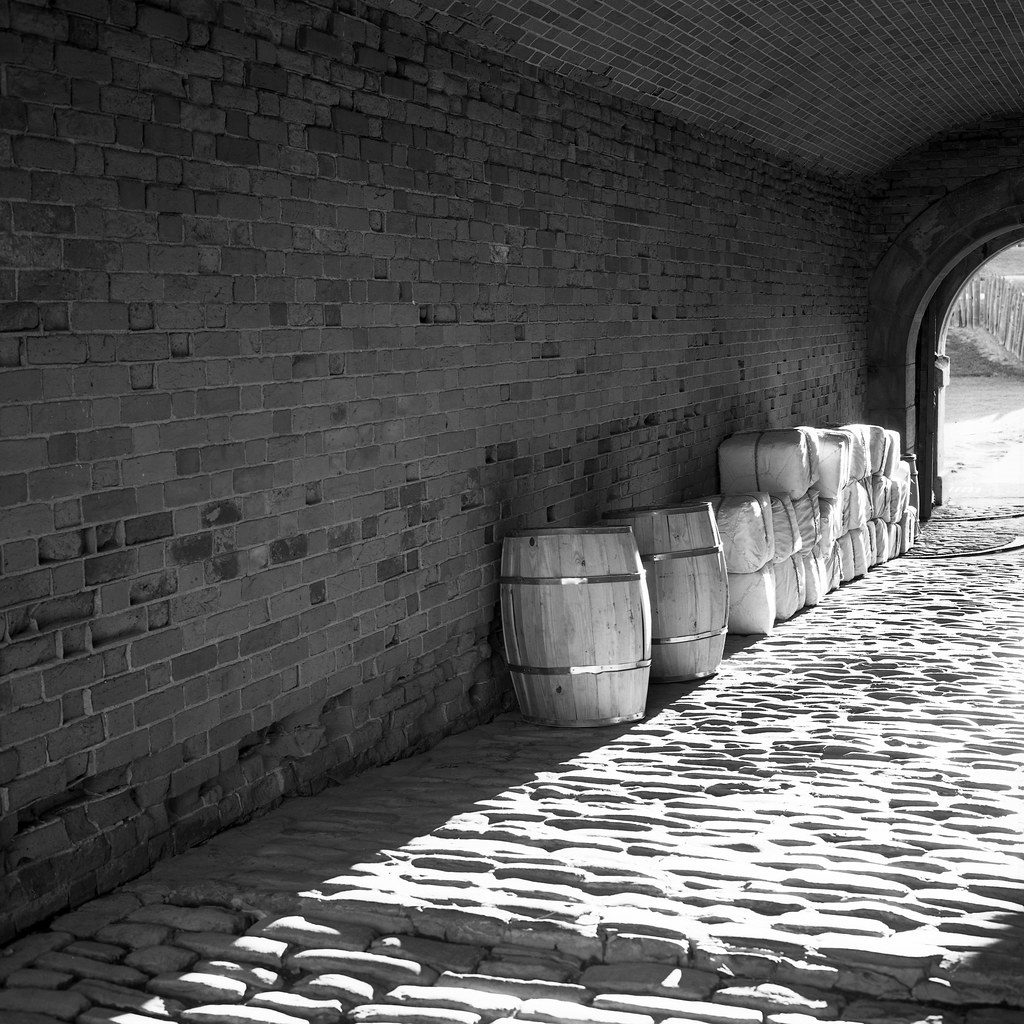
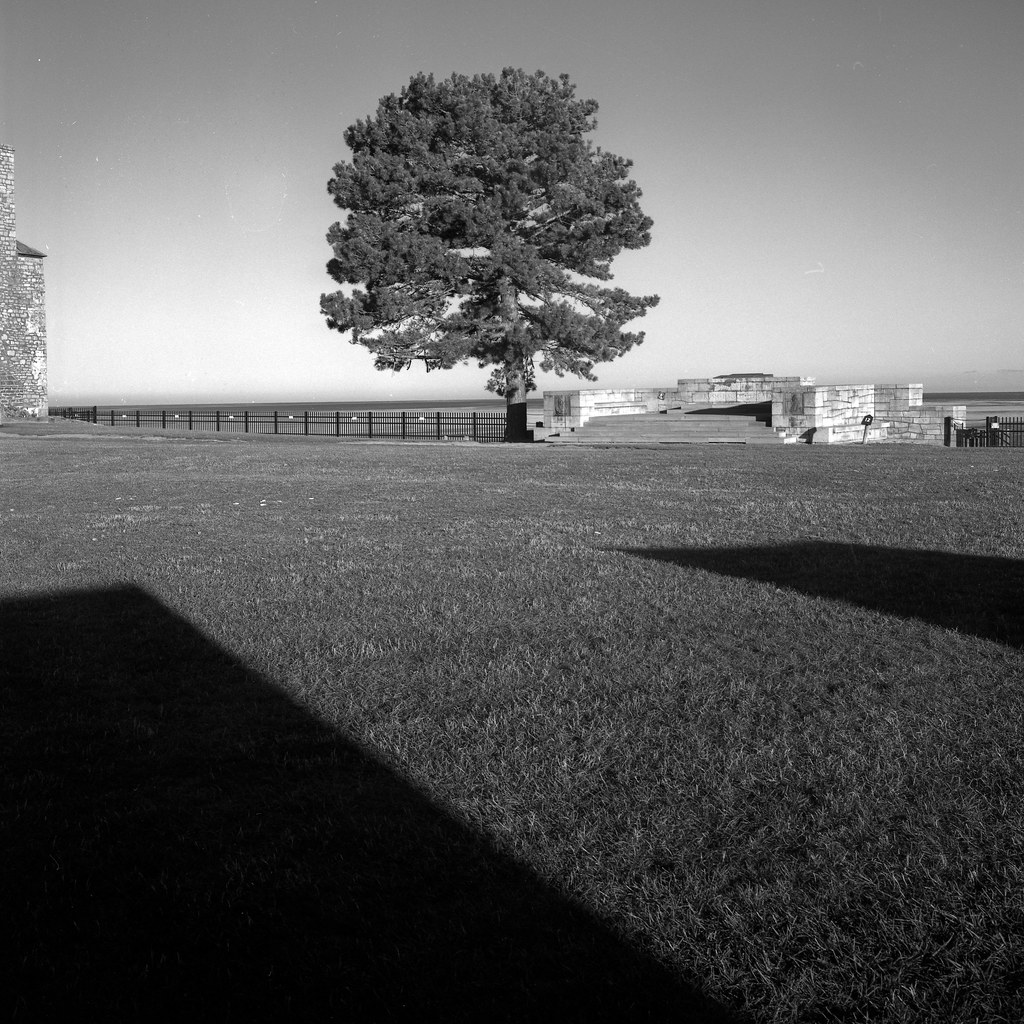


Background
Hasselblad as a camera company can trace back to a chance meeting between the son of Franz Victor Hasselblad, Arvid Vikor and George Eastman during Arvid’s 1885 honeymoon in London, England. Arvid’s father operated a trading company in Sweeden that dated back to 1841 and sold household goods. Arvid and George reached an agreement to allow the F.W. Hasselblad & Co company to be the sole distributor of Eastman’s photographic supplies. Fritz saw the photographic supplies more as a means to feed Arvid’s love of photography, more than a means for profit. Yet by 1908 the photographic division began profitable enough to create Hasselblad Fotografisk AG. Arvid’s son Karl wanted to further the company’s photographic prowess and sent his son, Victor, to study under the great photographic companies. In 1924 Victor went to Dresden, Germany, the world’s centre of the photographic industry. Karl would work in factories, shops, and labs. During his time he became a noted photographer himself, and in 1926 he moved to the United States. George Eastman would take the great-grandson of his old friend under his wing as a protege, at least until Eastman’s death by suicide in 1934. Victor, encouraged by all his learned, began to publish his work and returned to his native Sweeden in 1937 and opened up his own Photographic business, selling, processing, print, and building cameras. Victor, who had been tinkering with the idea of building his camera, got a boost when the Sweedish airforce presented him with an ariel camera from a downed Luftwaffe aircraft. Victor would produce the HK-7 in 1941, which would become a successful camera used by the Sweedish airforce. The death of his father saw Victor appointed as head of Hasselblad Fotografisk in 1943. The move gave Victor access to a wider range of skills, including workers who produced timepieces and watches. He turned the entire company towards the production of an improved surveillance camera, the SKa-4. By the end of the war, Hasselblad had produced some 342 cameras. With the end of the war, Victor turned everything he learned with the HK-7 and SKa-4 to produce a high-quality civilian camera. The design of the camera came from the SKa-4 and refined by noted SAAB designer Siten Sason. The war and partition of Europe made acquiring German optics had Victor turn to the United States, and Kodak gladly supplied their high-quality Ektar lenses. In 1948 the Hasselblad 1600F was reviled. The early model 1600F proved an over-engineered and incredibly complex, which gave a bit of a poor reputation in reliability. A second version released in 1950 fixed some issues, but again suffered several of the same problems. Most of these were focused on the shutter, which required constant attention to maintain shutter speed accuracy. Hasselblad returned to the drawing board and in 1953 released the 1000F, it retained the focal plane shutter like the 1600F but proved far simpler with the internal workings. It also replaced the Kodak optics with Carl Zeiss optics, which helped lower the cost. A timely and favourable review by the American magazine, Modern Photography, put the 1000F on a pillar and launched Hasselblad into the limelight and made them a household name. But they weren’t done yet, to further improve on the reliability of the Hasselblad and decided to take a massive risk. The risk came in the form of the Hasselblad 500c released in 1957. Hasselblad decided to replace the focal plane shutter with a lens mounted Compur shutter, the risk was that leaf shutter cameras were often associated with a consumer camera, not professional, cameras. But Hasselblad continued to use the high-quality Zeiss optics, and introduce the idea of a system camera. Users could swap out the lens, finder, and even the film back. And the film backs can be swapped out mid-roll thanks to a darkslide. Professionals flocked to the new camera that proved a huge winner and set a new benchmark for a professional camera. The 500c caught the eye of NASA, the American space program, who set up a contract to put Hasselblad cameras in space. The NASA contract the 500c became the base for the Hasselblad 500EL (and Electronic 500c) in 1965. Production of the 500c ended in 1970 with the introduction of the improved 500c/m. But the 500c/m could still use all the old backs, lenses, and finders. And while today the Hasselblad V-System as it’s now called in no longer in production, the new CFVII 50D, a digital back, will still work on the 500c.




Impressions
Let’s be perfectly honest here; the 500c is little more than a box. You can then go about customising the box to do whatever you want. But when you fit your box with a lens, film back, and finder, you have a remote camera that at first glance wouldn’t seem to be that comfortable to use, but is surprisingly laid out. These two facts should come as no surprise, giving the source of the design and who designed it. The 500c can trace it’s lineage directly back to the SKa-4 a camera that was designed to be mounted in an aircraft and designed by both a photographer and a car designer. There is nothing sleek or fashionable about the 500c; it is simply a box. The few controls that are on the camera are well placed; you will want to get a body that has a flip-out film advance/mirror return rather than the original style of just a knob. Another issue I have with the controls is that the lens release button and the shutter release feel at initial touch fairly similar, make sure to feel for that release cable hole before pushing. Your exposure controls are located on the lens itself where the Compur shutter resides, on the original C-Type lenses the shutter and aperture controls are linked to help for efficient metering using the EV scale but are easily disconnected for independent control. Weight of the camera itself is easily managed, if you’re doing a lot of walking you can stick to the waist level finder, 80mm f/2.8 lens and an A12 back with a decent strap you can carry that around all day. The trouble starts when you have a prism finder and a different lens. My only other lens was the Distagon 50/4 also the older C-Type, and it added a tonne of extra weight and made the camera look a little more like a blunderbuss.

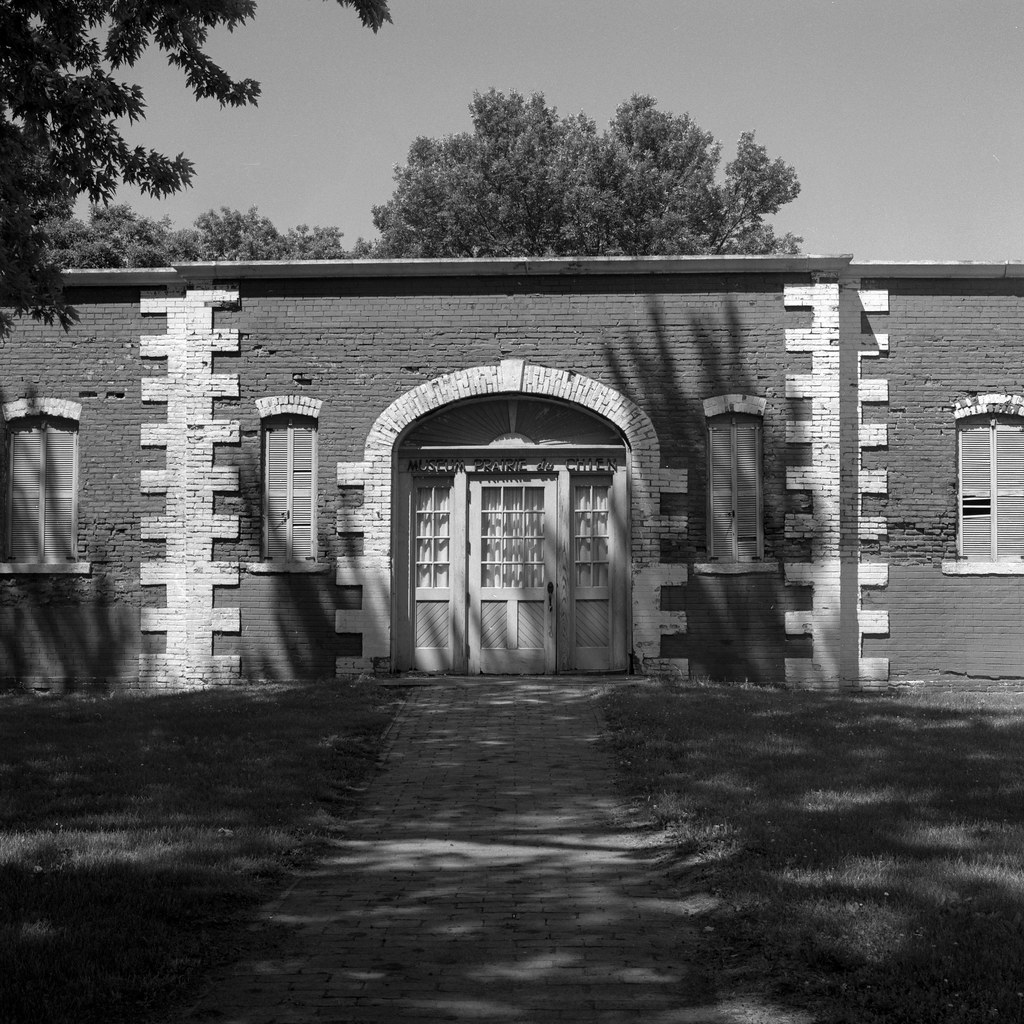


Experiences
I have to say, I enjoy working with waist-level finders, and the 500c offered up a fun camera to use. When you have the camera in hand you want to get out and shoot. And you know the 500c works great as both a hand-held and tripod camera if you get it set up correctly. Thank goodness for modular design, as I find the camera a joy to use handheld with the waist-level finder but pain on a tripod, yet with a prism finder the opposite is true. Despite being a precision camera, they are surprisingly easy to get to know, the minimalist design and having been conceived by a photographer. Later model A12 film backs are surprisingly easy to load, pull out the film holder, load the roll, remembering to load it in such a way that the backing paper is against the pressure plate, line up the start arrow and put back into the back. Then use the dial to advance until it stops. And you can even swap out mid-roll, remember to put that darkslide back in, or the safety will prevent you from dismounting it from the camera. I found it useful to carry around a couple of pre-loaded backs on any walk to allow for easy switching in the field. Older model backs are a little fickle for film loading. And as long as that darkslide is in place, mounting and dismounting the back is a breeze. Setting the exposure can be a bit trying, as the lens is designed to link the aperture/shutter speed to allow for metering using the EV scale, but you can decouple by pulling a tab. Now when it comes to focusing the camera, there is nothing better than using the waist-level finder. While my 500c’s screen wasn’t the best in the world, with the 80/2.8 lens, it was surprisingly bright, and the magnifier and the split lens allowed for accurate focusing. Even the prism finder allowed for easy composition and focusing when I was using the camera on the tripod. The one beef I have with the 500c is that it doesn’t have an automatic mirror return, so the film advance/mirror return proved a bit stiff. It probably did not help that mine wasn’t exactly in prime shape, and it did have a big loud mirror slap that often caused a bit of camera shake. Other than that, the camera is enjoyable to use, as long as you have deep pockets.



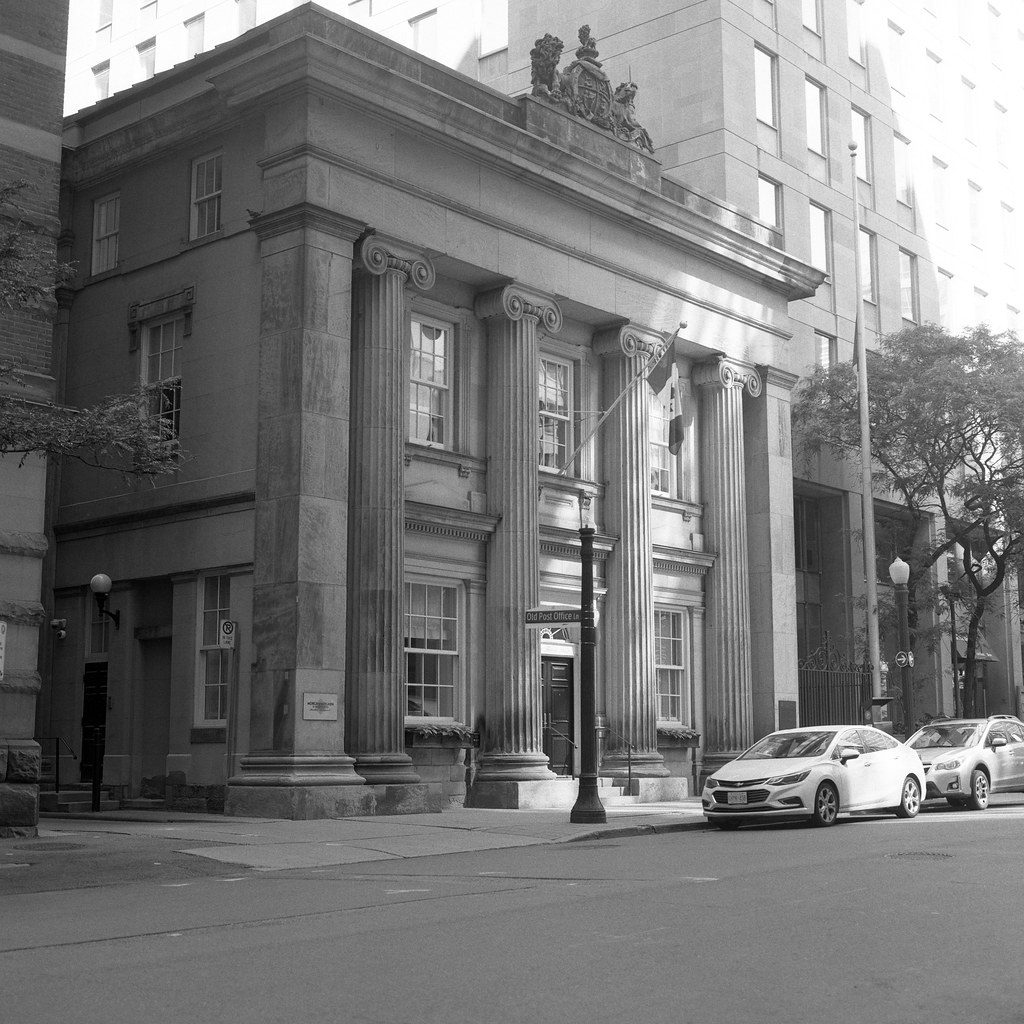
Optics
Hasselblad never skimped on optics, with the first models being released using Kodak Ektar lenses and then Carl Zeiss. And honestly, if the camera used anything other than Zeiss optics or Ektar, they would not be worth the price you pay. And if you do get into the system, there are plenty of lenses and lens types to choose from. If you’re looking to keep the quality and save a bit of cash, opt for the older C-Type lenses, these are all chrome units. They do lack the T* coating and can look a little silly, especially the blunderbuss Distagon 50/4, but honestly, I didn’t have any issue optically with the lenses. The 80mm Planar does flare a bit, but if you find the hood, you’ll be just fine. The black lens or CF-Type have the T* coating and have a much more streamlined look, including the 50/4 but will put a bigger dent in your budget. No matter which way you go, you won’t be disappointed with the optical quality from the lenses. The shot that sealed it for me was of the site of Prophetstown near the battlefield of Tippecanoe on the quality I could get out of a well-composed, exposed, and processed image. A good lens to start your kit is the Planar 80/2.8, and then if you’re into the wide-angle pick up the Distagon 50/4, or if portraits are your thing the Sonar 150/4. Then get the other lens to get a three-lens kit. But don’t expect to get everything all at once, or your bank account may never forgive you.

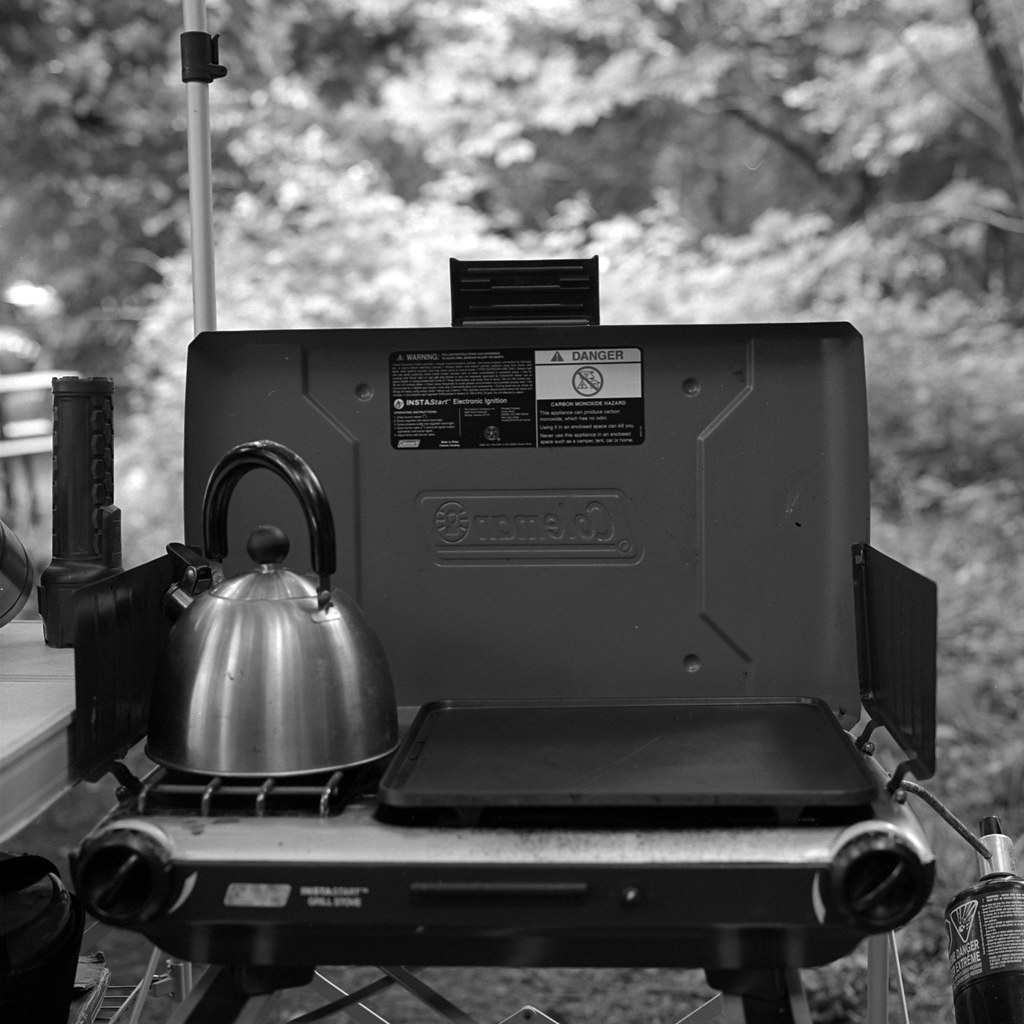


Lowdown
Let’s be perfectly honest; no one needs a Hasselblad. Like everything in the world, some items are luxury goods. These days a Hasselblad is a camera that you get because you want to have one, and owning one doesn’t make one a better photographer. That being said, they are nice cameras, designed to last and require a certain level of thought to get the best out of them. But they are expensive due to their precision nature and build quality. If there’s a cheap Hasselblad, there’s a reason for the low cost. And being a precision camera requires a properly trained repair technician. Thankfully they do still exist, but their services will cost. Owning a Hasselblad, like owning a luxury car, will always cost you in both initial payouts, repair and upgrades. Are they worth the money? Well, that’s up for you to decide. I enjoyed my time working with the Hasselblad system but recently decided to divest myself of the system as I found that I was no longer reaching for the system and was more in favour of my Rolleiflex and Mamiya cameras for medium format work. They work just as well, and I find them a little easier to work with while travelling, walking, and general use. Plus it cost a lot less to build a good lens kit for the Mamiya than what I spent on only one extra lens for the 500c. One final note, if you are looking at getting into the Hasselblad V-System, look no earlier than the 500c/m if you’re looking to save a little money, but if you have the cash, go for a modern unit, 503 or 501 models are your best bets.




Further Reading
Don’t just take my word on the Hasselblad 500c, you can check out the reviews by other awesome camera reviewers!
Eric Constantineau – Hasselblad 500c Review
Seven Tontich – Hasselblad 500c Video Review
Classic Camera Revival – The Good, The Blad, and the Ugly
Classic Camera Revival – V for Victory
Emuslive – Hasselblad 500c/m Review
B&H Photo – Hasselblad 500c/m Review